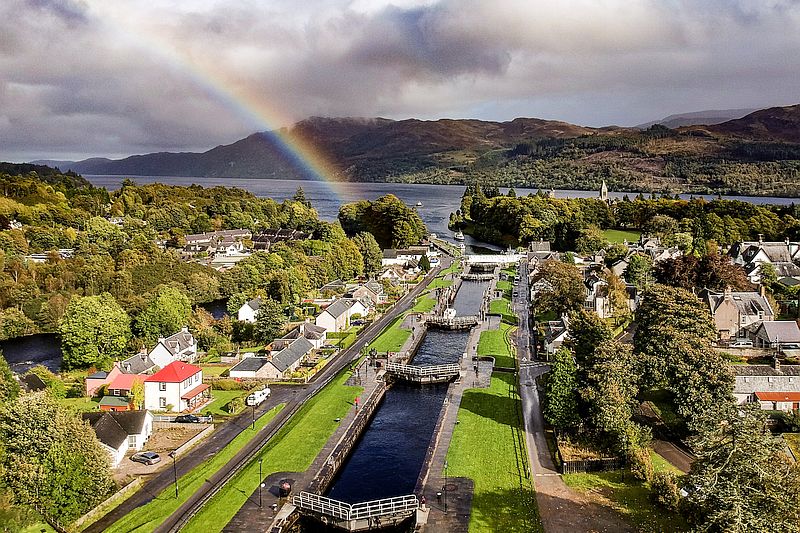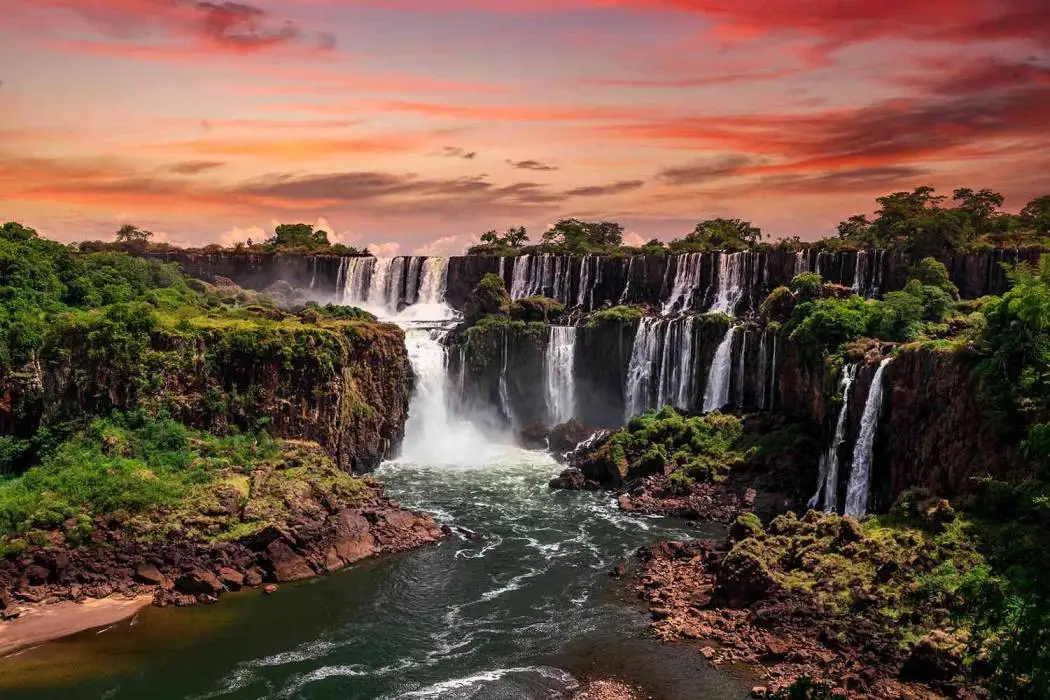The Grachtengordel, Amsterdam, Netherlands
Amsterdam's canals, a vast network of waterways, are arguably the most recognizable aspect of the city. There are an astounding 165 canals in the Dutch capital, which are connected by more than 1,200 bridges and span about 60 miles (100 km). The Grachtengordel, one of Amsterdam's most photographed rivers, is located in the heart of the city and is surrounded by stunning structures. The Herengracht, Keizersgracht, Prinsengracht, and Singel canals make up the 17th-century canal ring, which has been included on the UNESCO World Heritage list since 2010.
Rideau Canal, Ontario, Canada
The Rideau Canal, which winds through Ottawa, the capital of Canada, is the oldest canal system in North America still in continuous operation. It was intended to serve as a safe supply route from Montréal to Kingston after the War of 1812 when it was first established in 1832. Now recognized as one of Canada's most impressive technical achievements of the 1800s, the canal is a UNESCO World Heritage Site. Every winter, when the waters of the downtown Ottawa canal ice over, it becomes a wintry wonderland. It is the world's longest naturally occurring ice skating rink, spanning over 4.8 miles (7.8 km).
Corinth Canal, Corinth, Greece
This small Greek canal connects the Saronic Gulf in the southeast with the Gulf of Corinth in the northwest, slicing through the Corinth Isthmus. The canal was constructed as a shortcut and was finished in 1893, saving ships 185 nautical miles (340 km) of sailing time. It's one of the world's tiniest rivers, measuring only 3.9 miles (6.3 km) in length and up to 82 feet (25 m) in width. Encircled by precipitous cliffs, its strikingly slender architecture has become it a favored travel destination.
Giethoorn Canals, Giethoorn, Netherlands

The secluded Dutch town of Weerribben-Wieden National Park, which borders Overijssel, is located just northeast of Amsterdam and is well-known for its exquisite canals. Giethoorn was founded in 1230, and its canals are believed to have been built by monks as a means of moving peat throughout the region. The community is renowned for lacking roads nowadays, with its thatched farmhouses connected by a network of canals that are bordered by more than 150 wooden bridges. Giethoorn is a tranquil getaway from the city because the only methods to get about are by boat, bicycle, or foot.
Llangollen Canal, England and Wales, UK
The beautiful Llangollen Canal links the Welsh town of Llangollen with Hurleston in Cheshire, spanning the boundary between England and Wales. The river, which stretches 46 miles (74 km) across rural England and Wales, is home to several picturesque sites and important historical sites, including the well-known Pontcysyllte Aqueduct. One of Wales' most well-known crossings, the UNESCO-listed aqueduct was finished in 1805.
Dubai Water Canal, Dubai, UAE
This contemporary canal winds its way through Dubai's huge city, namely in the Old Quarter. The 3.2km (about two miles) long water canal meanders between Business Bay and Old Creek. It was first opened in 2016. The canal, praised for its modern architecture, is lined with opulent stores and hotels on both sides and is crossed by several bridges that offer breathtaking views of Dubai's famous cityscape.
Read Also: Worlds Most Fascinating Hidden Rivers
Canal Du Midi, France
This charming canal in southern France is known for its unmatched beauty and has been there for hundreds of years. The Canal du Midi, which connects the Mediterranean with the Atlantic Ocean, was constructed in the middle of the 17th century by engineer Pierre-Paul Riquet. The canal, which has 328 buildings total—including bridges, aqueducts, and tunnels—is a remarkable example of contemporary civil engineering. We can see why the river was included to the UNESCO list in 1996 as we pass through the serene, verdant south of France.
Caledonian Canal, Scotland, UK

Great Glen's rocky terrain is crossed by Scotland's Caledonian Canal, which is regarded as one of Britain's most picturesque rivers. Constructed by Thomas Telford, the engineering wonder opened its doors in 1822 and traveled 60 miles (97 km) from Fort William in the west to Inverness in the east. The canal meanders through the woods, passing by scenic lochs that feed into its waters and offering a variety of stunning perspectives.
Can Tho, Vietnam
The biggest city in the Mekong Delta is Can Tho, which is located in southern Vietnam. Known as "Vietnam's rice basket" due to its rich soil and flourishing farming sector, the Delta is a surreal network of rivers, wetlands, and islands that revolves around Can Tho. Can Tho, which is on the Hau River's southern bank, is well renowned for the floating markets that are close by on the crowded Ninh Kieu waterfront. The markets, filled with vibrant fruit and flowers, are a popular destination for tourists.

